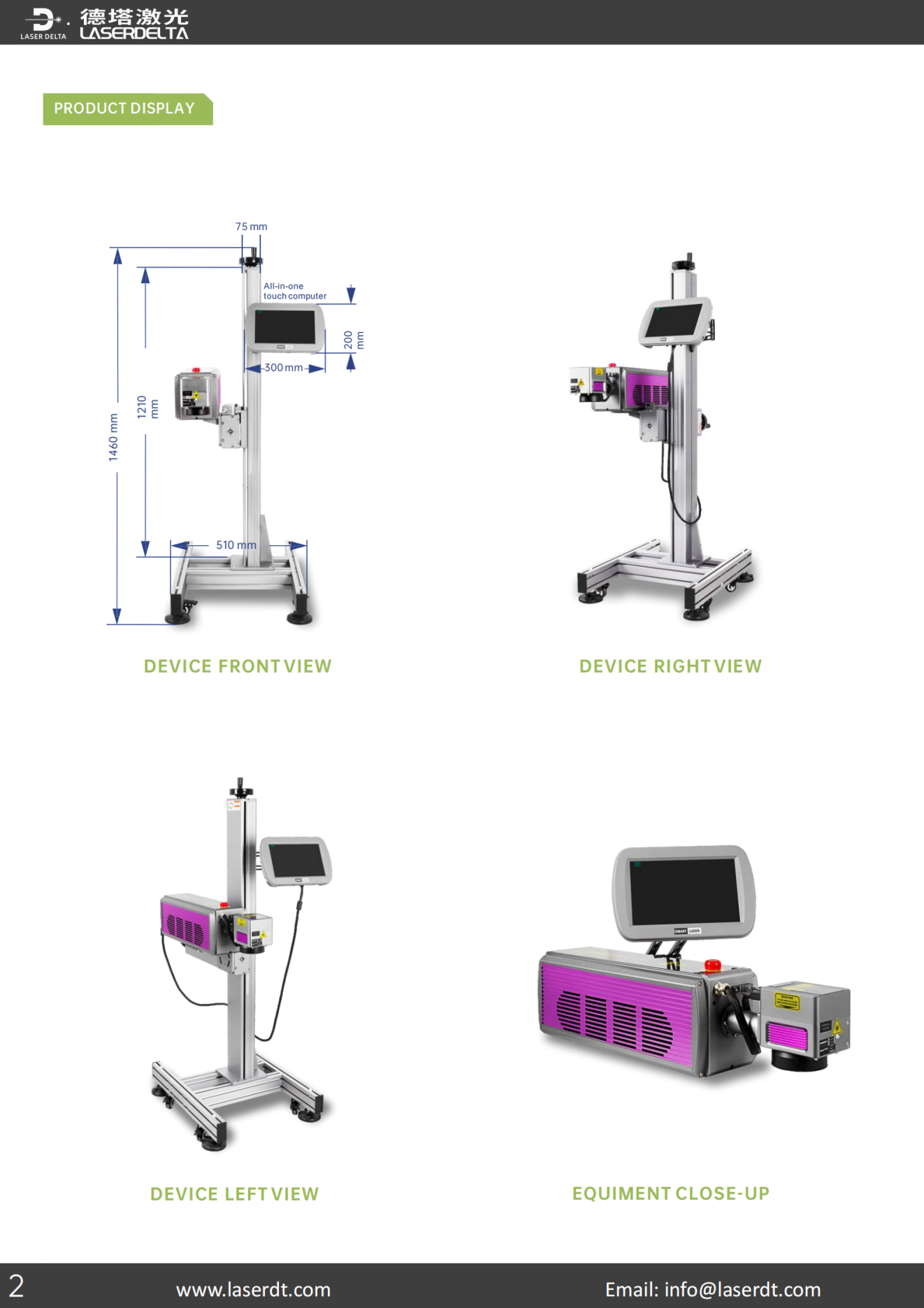The semiconductor laser marking machine operates on the principle of utilizing a semiconductor laser to pump an all-solid-state laser (DPSSL). Instead of relying on gas lamp pumped solid crystal, this machine employs high-power semiconductor quantum trap laser as the gain medium for the laser resonator. This results in the generation of a new laser wavelength. Through crystal frequency mixing, secondary harmonic generation (SHG), tertiary harmonic generation (THG), and other wavelengths of lasers can be produced.
The entire laser marking process is meticulously designed, encompassing material inspection, production procedures, quality standards, process inspection, assembly commissioning, and finished product testing. The semiconductor laser marking unit comprises four main systems: optical path, circuit, waterway, and control systems.
The optical path system includes components such as red light, total inverse, semi-inverse, module, Q, field mirror, beam expansion mirror, and scanning elements. The circuit system consists of the control circuit (control box), laser power supply, Q power supply, and scanning power supply. The control system incorporates scanning vibration mirror, computer, and control software.
The waterway system is constructed with a water tank and water pipes to establish a circulating waterway. Semiconductor laser marking machines offer several advantages, including excellent laser beam mode, high electro-optical conversion efficiency, low power consumption, and maintenance-free operation.
Many manufacturers of photoelectric measuring equipment have switched from He-Ne lasers to diode lasers to enhance machine longevity, as diode lasers typically have a lifespan of 10^5 hours compared to 10^4 hours for He-Ne lasers. Moreover, semiconductor laser marking machines stabilize quickly and are suitable for long-term field operations. They can also be instantly switched on, making them ideal for communication purposes.
Semiconductor lasers, utilizing elements from Group III/V in the periodic table such as Gallium arsenide, can produce various visible and non-visible lasers when a current passes through the PN interface. By adjusting the proportion of combined elements, different output wavelengths can be achieved, facilitating a wide range of applications in communication and measurement. Additionally, semiconductor laser marking machines offer simple and convenient operation, high accuracy, and possess mechanical advantages such as compact structure, sturdiness, and small size.
Distinct Applications of Fiber Laser, CO2 Laser, and UV Laser


